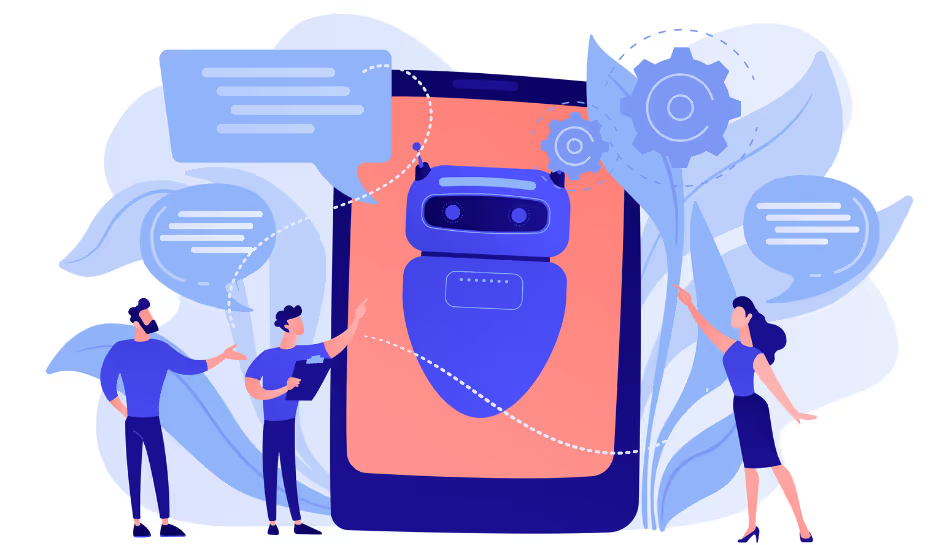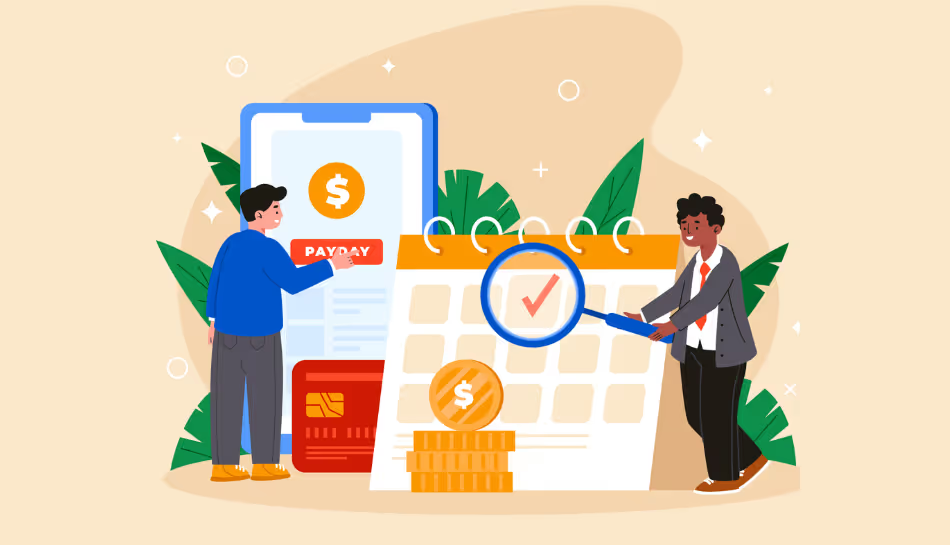In an increasingly hybrid and remote work culture, ensuring productivity while maintaining transparency is a top priority for businesses. Employee monitoring software is useful in this situation. These tools not only help managers track work hours but also provide a comprehensive view of how time and resources are used across the organization.
Whether you're managing a small team or a large enterprise, the right employee tracking software can help streamline operations, improve accountability, and support better performance management.
What is Employee Monitoring Software?
Employee monitoring software is a digital tool designed to track and manage employee activity during work hours. Features like activity logs, screen monitoring, time tracking, app and website usage, and productivity reports are usually included.
These tools are often part of broader employee management software suites that also include attendance tracking, leave management software, and even performance reviews.
Why Businesses Use Employee Tracking Software
The main goal of employee tracking software is to ensure employees are using their time effectively and meeting expectations. But its benefits go beyond simple oversight:
- Improved Productivity: By using employee time tracking features, teams can identify time-consuming tasks, reallocate workloads, and optimize workflows. When employees know their time is being monitored, it also encourages more focused work.
- Accurate Time Sheets: Creating a time sheet for employee records can be time-consuming when done manually. Monitoring software automates this process, ensuring accuracy and saving time during payroll calculations.
- Remote Work Management: With remote and hybrid models becoming the norm, employee monitoring software ensures managers can still oversee productivity without micromanaging. It provides visibility into hours worked, task progress, and online activity.
- Leave and Attendance Management: Many employee tracking tools come integrated with leave management software, making it easy to track time off, sick leaves, and vacation days in one dashboard. This helps HR teams streamline scheduling and compliance.
Top Features to Look For
When evaluating employee monitoring software, consider tools that offer the following essential features:
- Automated Time Tracking: Start and stop timers, idle time detection, and time breakdown by task.
- Screenshots and Activity Logs: Capture screen activity or user input for accountability (with privacy considerations).
- Project and Task Tracking: Assign tasks and monitor how much time is spent on each project.
- Timesheet Generation: Export and manage employee hours for payroll and invoicing.
- Leave Management: Monitor and approve time-off requests, and track balances.
- User-Friendly Interface: The easier it is to use, the more adoption you’ll see from employees and managers alike.
Popular Employee Management Software with Monitoring Capabilities
There are numerous employee management software options available, each with unique strengths. Some of the top tools in the space include:
- Time Doctor: Focuses on productivity tracking and integrates with popular project management tools.
- Hubstaff: Offers GPS tracking, productivity measurement, and payroll features.
- Toggl Track: A flexible time tracking tool that's great for freelancers and small teams.
- BambooHR: Includes leave management software and HR features, ideal for growing companies.
- DeskTime: Offers automatic tracking with daily productivity scores.
These tools cater to a range of business sizes and needs, from startups looking for simple tracking to enterprises needing complete workforce management solutions.
Balancing Productivity and Privacy
While employee tracking software offers undeniable benefits, it’s important to strike a balance between transparency and employee trust. Always inform your teams about what’s being monitored and why. Providing visibility into how this data is used for payroll, project management, or workload planning, can help foster a culture of accountability rather than surveillance.
Conclusion
As businesses adapt to new working models, employee monitoring software has become a vital component of modern workforce management. With features like employee time tracking, real-time dashboards, time sheets for employees, and leave management, these tools not only boost productivity but also simplify operations.
Choosing the right employee tracking software depends on your company’s size, workflow, and culture. When implemented thoughtfully, these tools can empower both managers and employees to work smarter, not harder.


